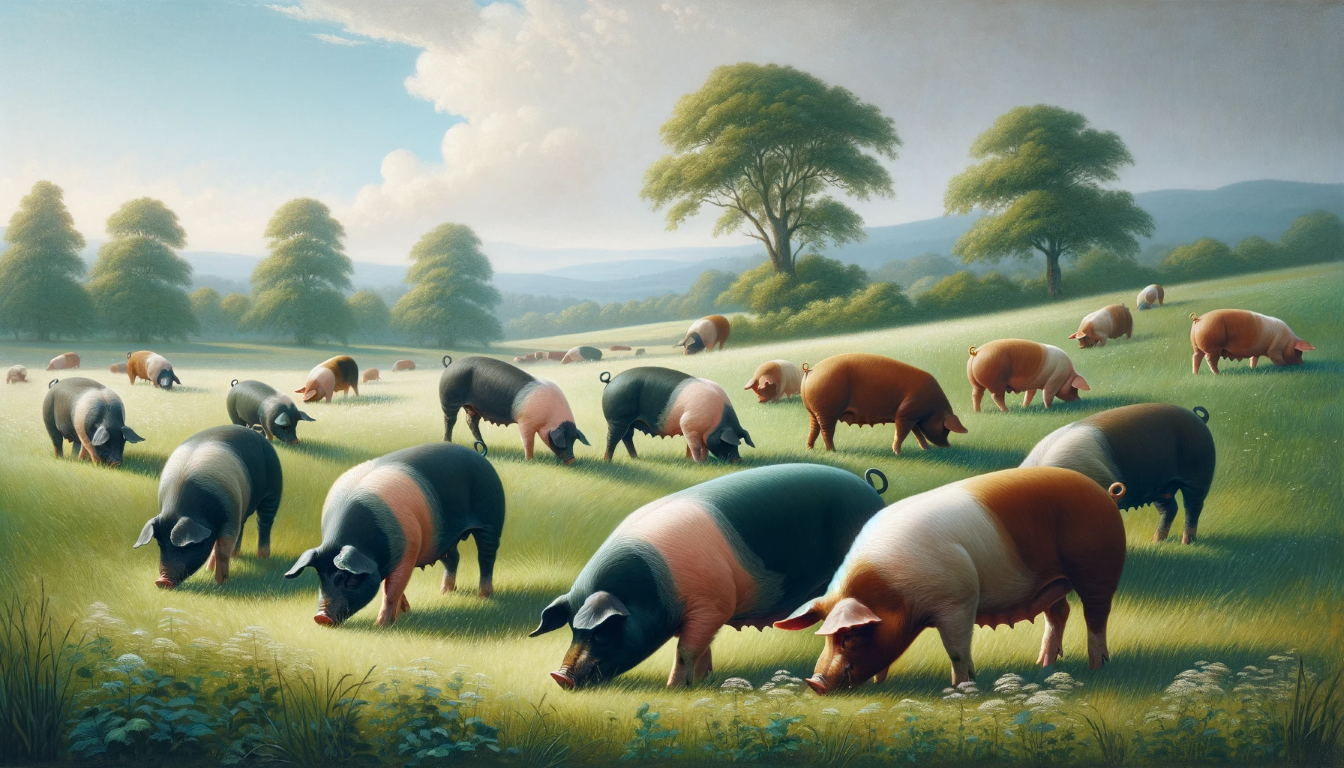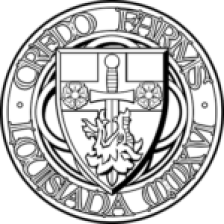
Types of Pigs
- Boar: An adult male pig. Boars are typically larger and more aggressive than other pigs and are used for breeding purposes.
- Sow: An adult female pig. Sows are capable of giving birth to multiple litters each year, each consisting of several piglets.
- Piglet: A young pig of either sex. Piglets are born small and vulnerable, requiring significant care from the sow.
- Gilt: A young female pig that has not yet had piglets. Gilts are often raised to become future sows for breeding.
- Barrow: A young male pig that has been castrated before reaching sexual maturity. Barrows are often raised for meat due to their less aggressive nature and tender meat quality.
- Hog: Often refers to a large domestic pig; can be used for either sex but typically associated with larger, older pigs. Hogs are commonly raised for meat production.
- Farrow: To give birth (specific to pigs). A sow 'farrows' when she gives birth to her litter.
- Weaner/Weanling: A piglet that has been weaned off its mother's milk. This is a critical stage in a pig's development as it transitions to solid food.
More About Pigs
Pigs are intelligent and social animals that can be found in a variety of environments around the world. They belong to the family Suidae, which includes domestic pigs and their ancestor, the wild boar. Domestic pigs are bred for various purposes, including meat production, research, and as pets. Pigs have an excellent sense of smell and are known for their foraging behavior, often using their snouts to search for food underground.
Pigs play a significant role in agriculture and have been domesticated for thousands of years. Different breeds of pigs are suited for different climatic conditions and farming needs. They are also known for their fast growth rate and efficient feed-to-meat conversion ratio, making them a valuable resource in the food industry.
